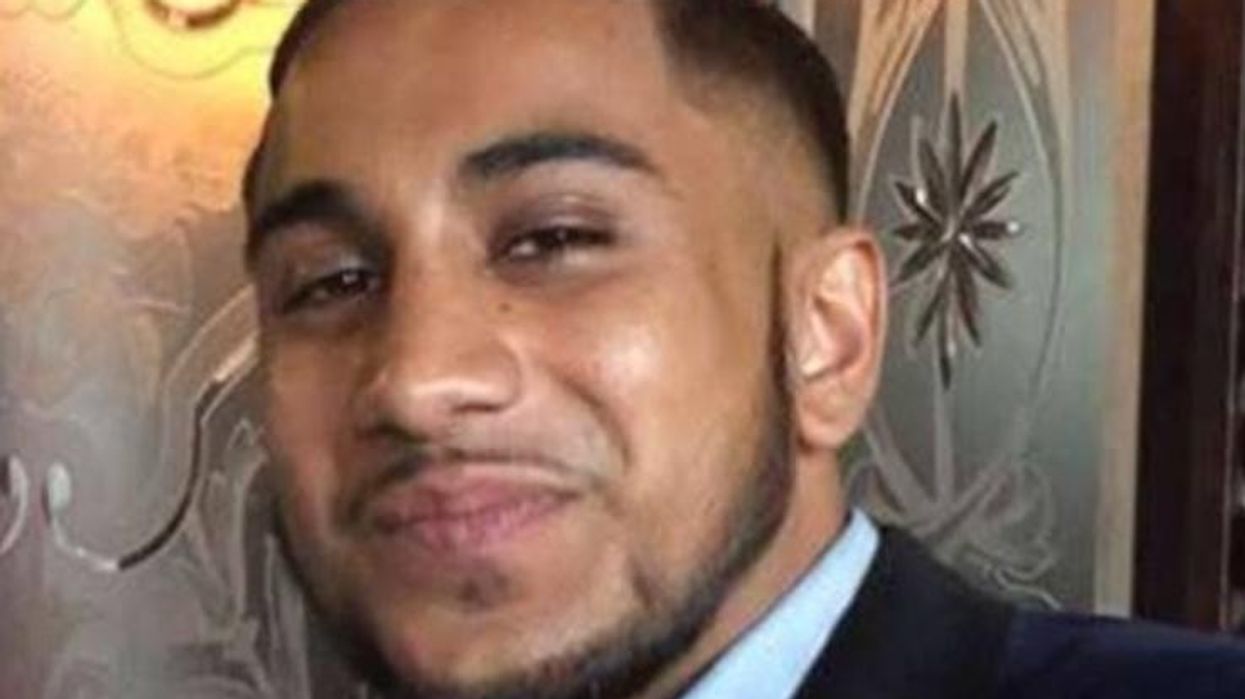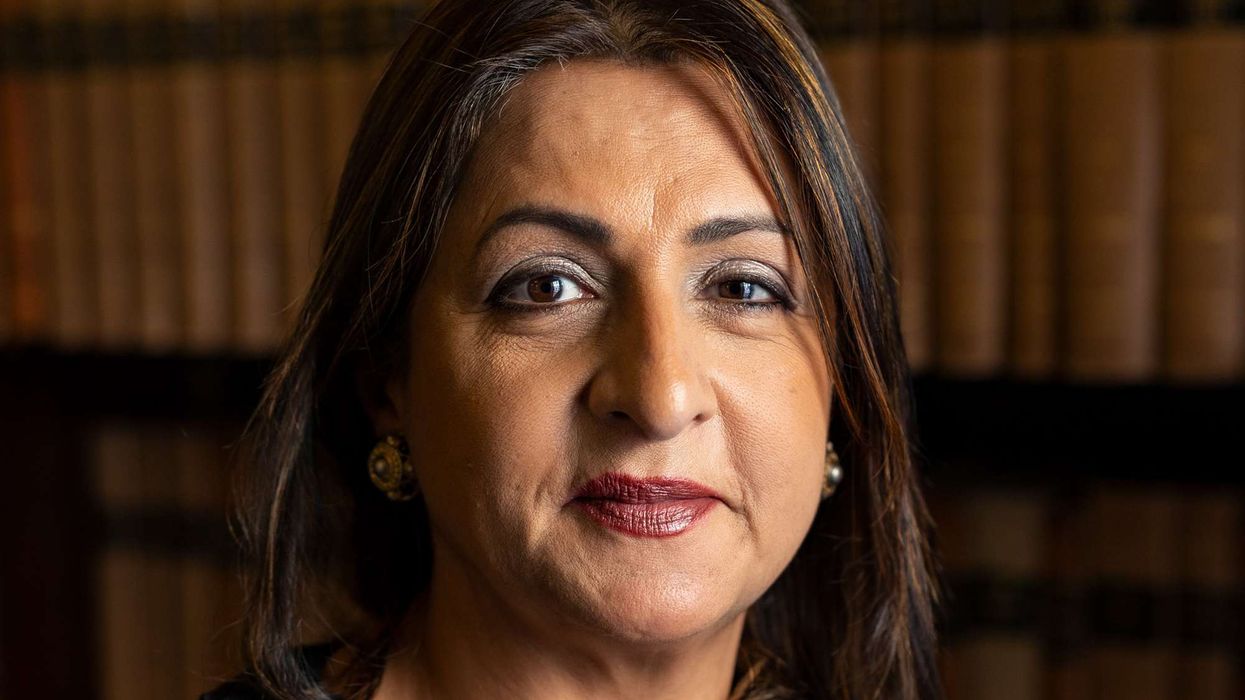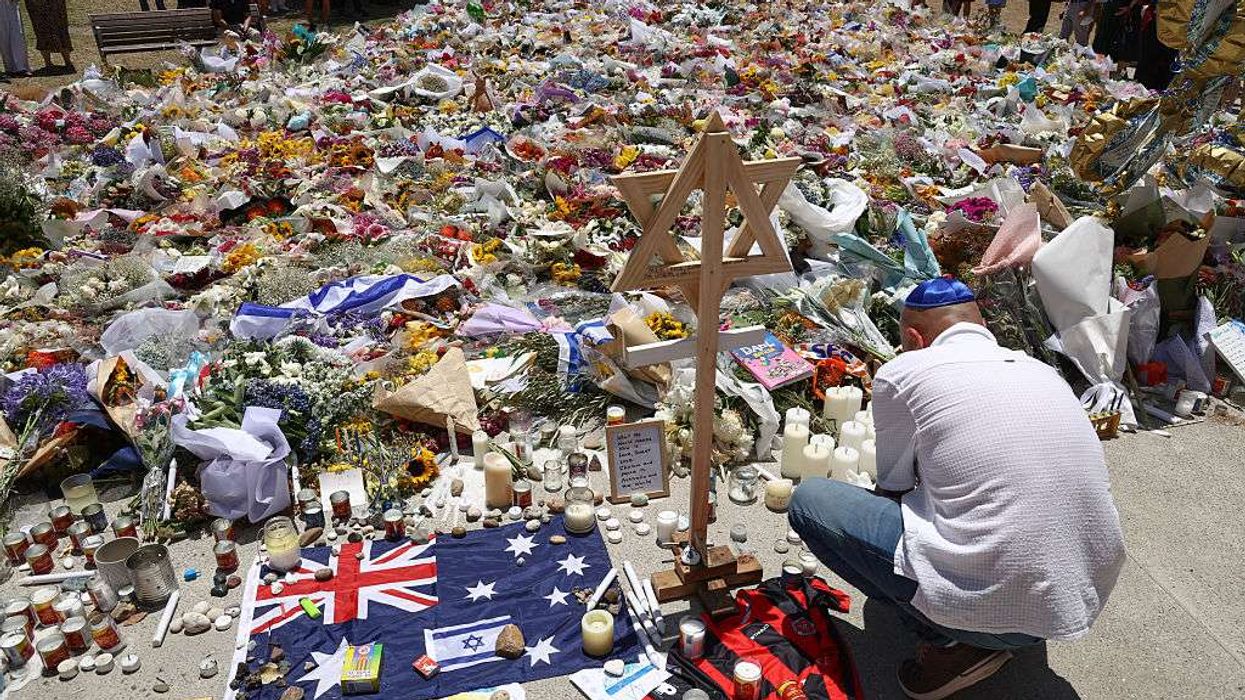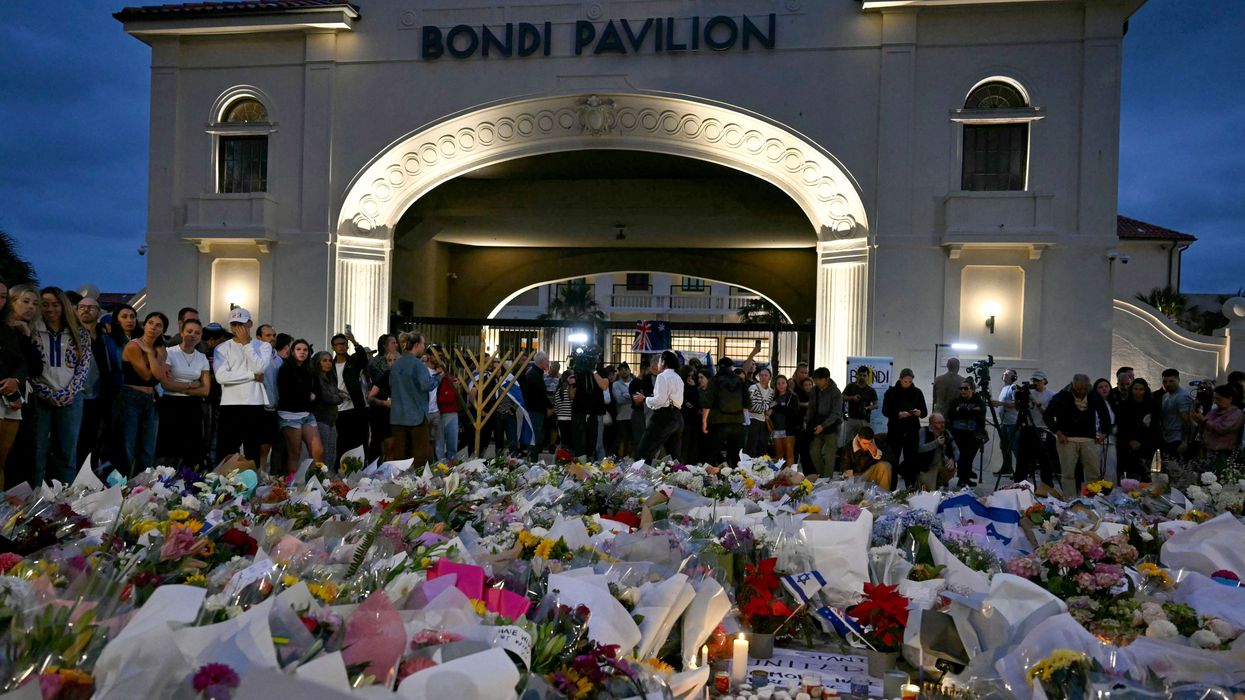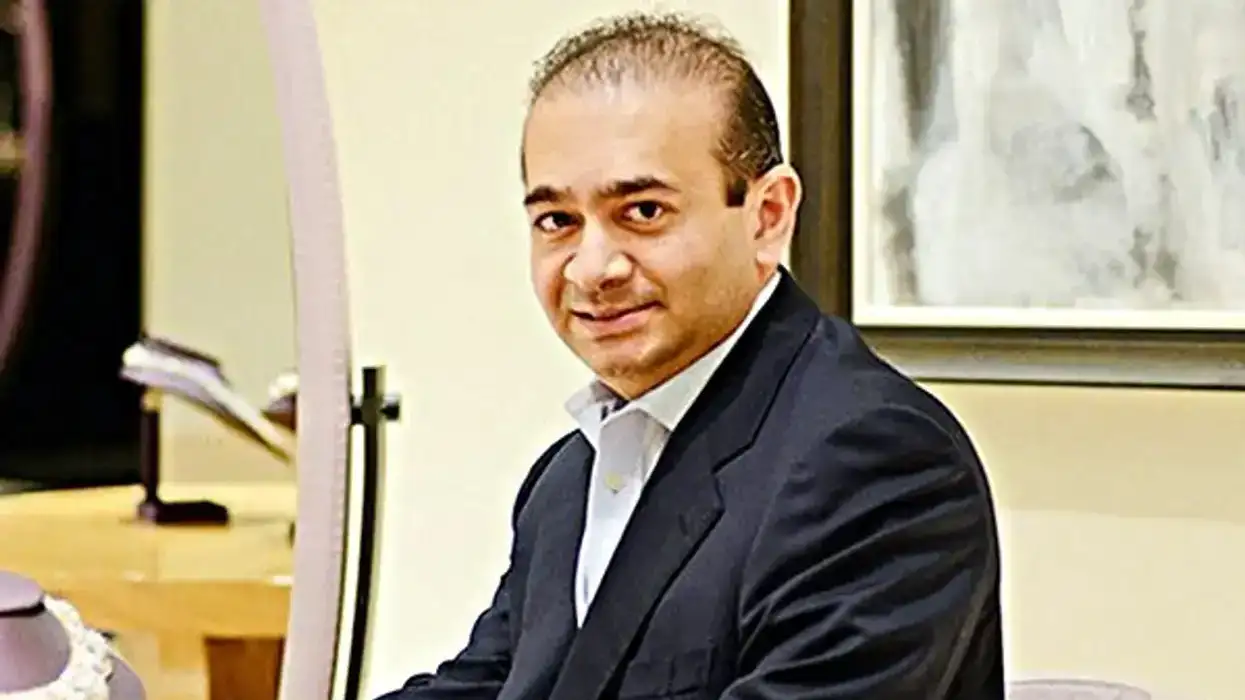A 30-year-old British Sikh man has been stabbed to death in east London in an attack involving people known to each other, the UK police believe.
Gurmuk Singh, known as Gary, died last week in Felbrigge Road, Ilford in east London, and was formally named by Metropolitan Police on Thursday (31).
The force said its officers had arrested Amardeep Singh, 27, on suspicion of the murder that took place on July 23. He has since been charged with one count of murder and remains in custody until his next court appearance at London's Old Bailey for trial on January 5, 2026.
“Police were called by the London Ambulance Service to reports of an altercation at a residential address,” said the Met Police statement. “Officers attended as Gary was treated for stab wounds. Despite the best efforts of the paramedics, he sadly died at the scene,” it said.
Detectives also arrested a 29-year-old man and three women aged 29, 30 and 54 in connection with the fatal stabbing. They have all since been released on bail until October while the police investigation continues.
“Gary was a well-loved man who had a remarkable ability to connect with everyone he met,” his family said in a statement released by the police.
“A true social butterfly, nothing brought him more joy than being surrounded by his family. Gary will be deeply missed, but his memory will live on in our hearts forever,” they said.
A post-mortem examination has indicated the cause of death as a stab wound to the left thigh, with an inquest opened and adjourned while the police investigation into the attack is ongoing.
Detective chief inspector Joanna Yorke from the Met's Specialist Crime North unit said at the time of the attack that detectives believed it was an “isolated incident”.
“An incident of this nature sends shockwaves throughout the local area and we understand the direct impact on the community. People can expect to see an uptick in police presence while officers conduct initial investigations. Please do not hesitate to speak to them if you have any concerns at all,” she said.
(PTI)
